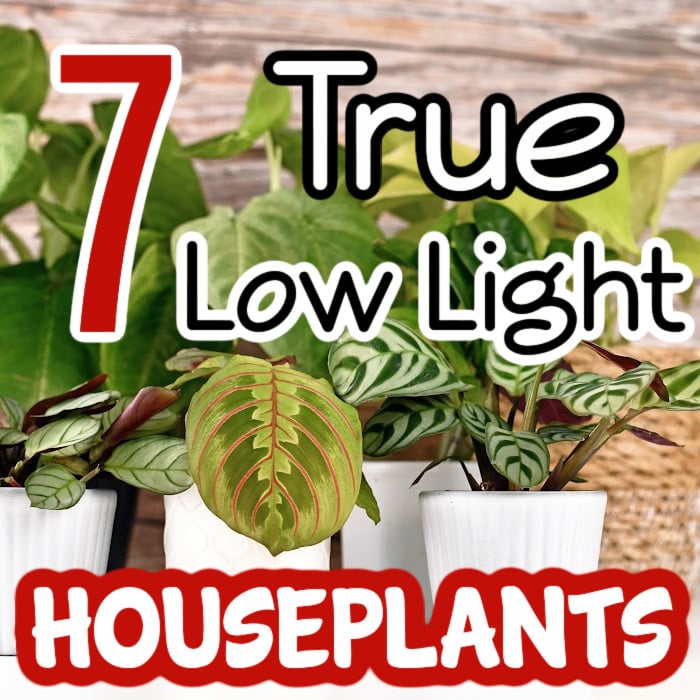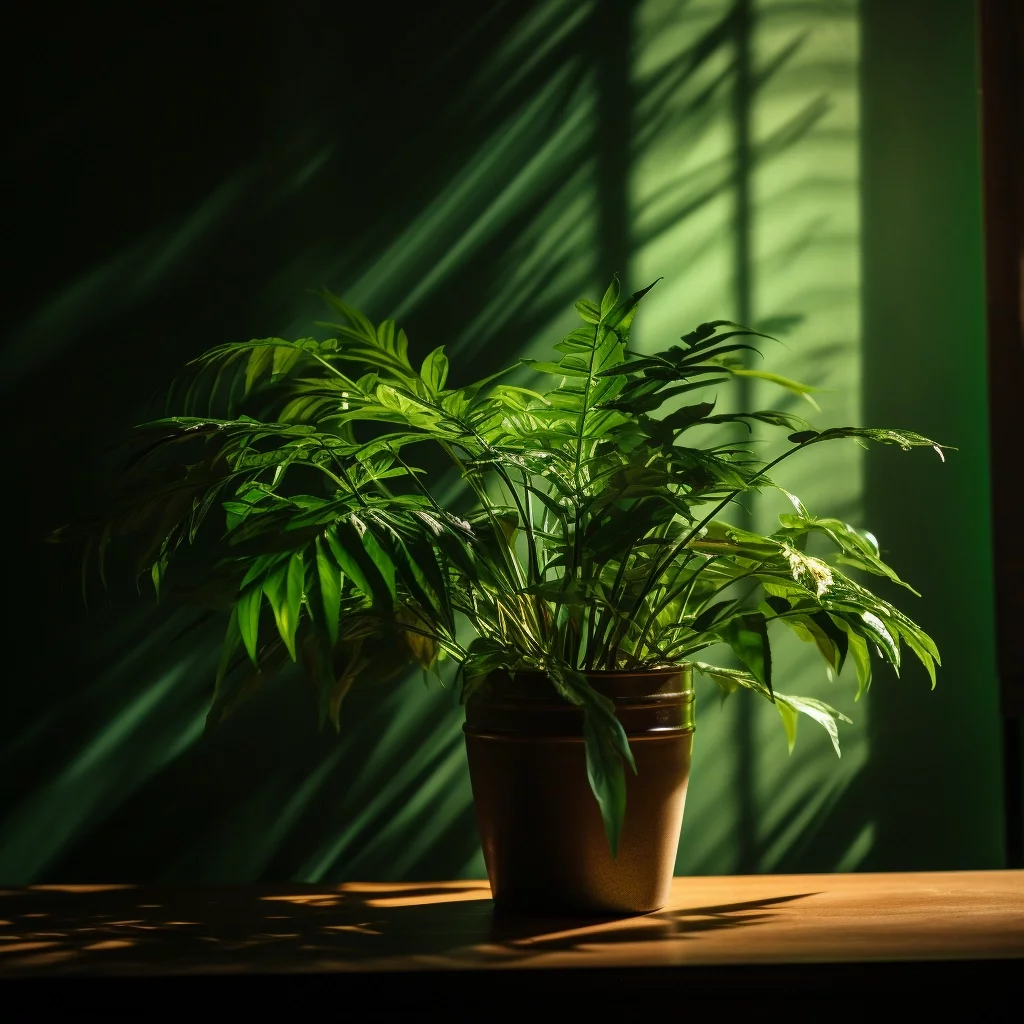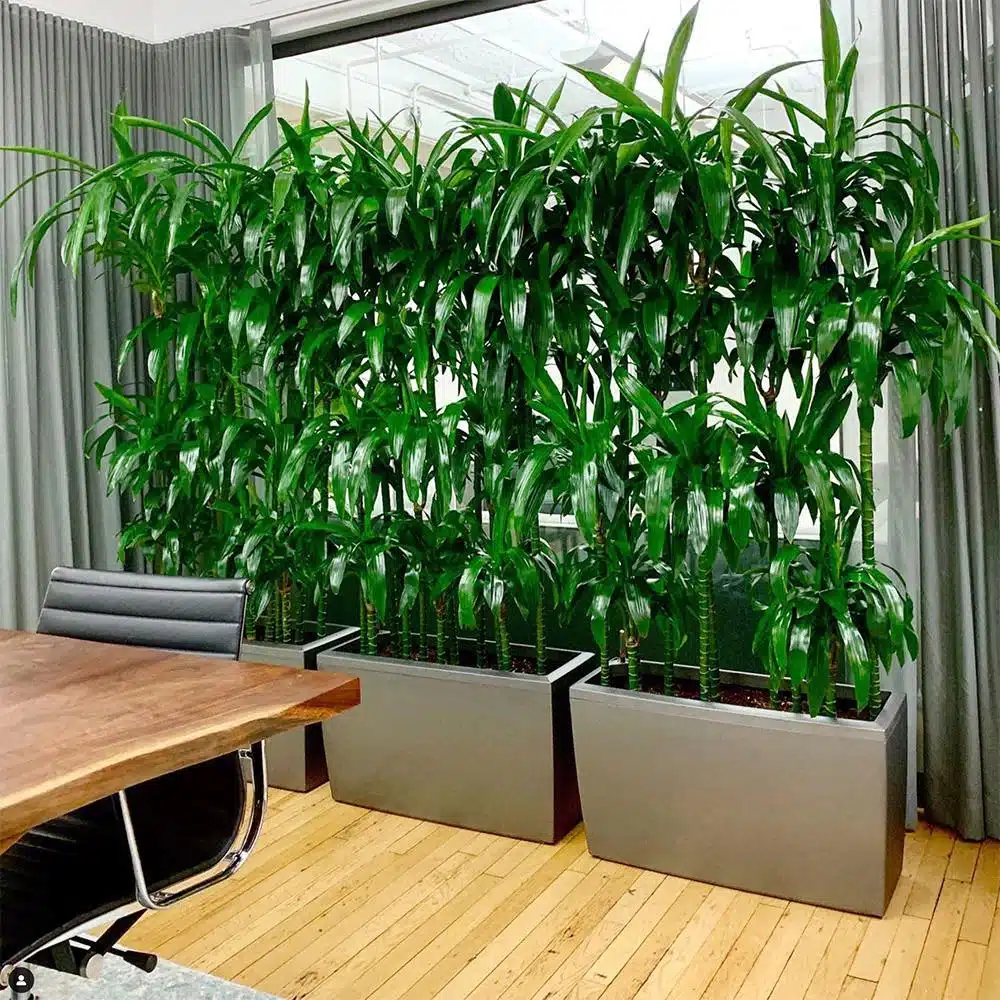Best Low-Light Indoor Plants for Creating a Relaxing and Green Environment
Best Low-Light Indoor Plants for Creating a Relaxing and Green Environment
Blog Article
Explore the One-of-a-kind Benefits of Low-Light Indoor Plants for Your Living Room
Including low-light interior plants right into your living area uses a plethora of advantages that prolong far beyond mere looks. These sturdy plants not only thrive in environments with restricted sunshine however additionally offer critical features such as air purification and humidity improvement.
Air Filtration Advantages
Low-light indoor plants not just boost the aesthetic appeal of living areas yet additionally play a considerable function in air purification. Research has demonstrated that certain plant species can successfully remove typical indoor pollutants, consisting of trichloroethylene, formaldehyde, and benzene. These substances commonly rise from house things such as furniture, cleansing items, and building products, contributing to interior air quality problems.
Plants such as the snake plant, pothos, and peace lily are specifically experienced at filtering system damaging materials from the air while growing in low-light problems. The procedure of phytoremediation, wherein plants soak up and metabolize toxic substances, enables these types to add considerably to a much healthier interior environment. Additionally, via photosynthesis, plants launch oxygen, further boosting air quality.
Including low-light indoor plants right into home or workplace spaces not only offers visual benefits but additionally works as a useful strategy for improving air top quality. By picking the right species, people can develop a setting that promotes well-being and decreases exposure to unsafe pollutants, making these plants an important aspect in modern-day indoor living.

Mood Enhancement Effects
Numerous studies have actually revealed that including indoor plants can substantially improve mood and overall emotional health. The existence of greenery in indoor settings has been linked to lowered stress and anxiety degrees, enhanced sensations of peace, and improved emotional health. Low-light interior plants, specifically, prosper in settings where natural light is limited, making them excellent for different living spaces.
Study shows that connecting with plants can promote the release of serotonin, a neurotransmitter connected with sensations of happiness and health. Additionally, the act of caring for plants cultivates a sense of responsibility and achievement, additional adding to positive psychological health and wellness outcomes. Low-light plants such as snake plants, pothos, and peace lilies have actually been revealed to enhance air quality, which is fundamentally connected to mood enhancement.
Including these plants into your office or home can develop a peaceful atmosphere, using a aesthetic and sensory getaway from the pressure of everyday life - Best low-light indoor plants. As people invest increasing amounts of time inside, the mood-enhancing effects of low-light indoor plants end up being also more important, supplying not just visual charm yet likewise a profound influence on psychological wellness
Low Maintenance Needs
For those looking for to improve their indoor spaces without a considerable time dedication, low-light interior plants are a suitable selection because of their low maintenance needs. These durable plants prosper in less-than-ideal lighting problems, making them ideal for homes and offices where all-natural sunlight is limited.

Pest resistance is an additional advantage of low-light interior plants. Several selections are much less vulnerable to common parasites, decreasing the need for constant surveillance and treatment. These plants normally grow a lot more slowly than their high-light equivalents, implying much less frequent repotting and trimming are necessary.
Aesthetic Allure and Convenience

Additionally, these plants can be organized in myriad methods, whether in groups for a lush effect or as standalone features to attract the eye. The selections of planter designs-- from sleek ceramic pots to rustic wood containers-- further boost their visual worth, allowing house owners to reveal their personal design.
In addition, low-light plants can be purposefully put in areas that might or else feel ignored, explanation such as edges or dimly lit racks, consequently maximizing their attractive possibility. Eventually, the mix of their striking appearance and flexibility makes low-light interior plants a beneficial addition to any living room, developing an inviting atmosphere that advertises well-being and leisure.
Improved Moisture Levels
Enhancing interior humidity degrees is among the significant advantages of incorporating low-light interior plants into living rooms. These plants naturally launch wetness vapor via a process referred to as transpiration, which happens when water absorbed by the origins moves with the plant and evaporates from the leaves. This procedure not only enhances moisture but likewise adds to a healthier interior setting.
Improved moisture degrees can relieve different health and wellness issues, such as dry skin, respiratory system problems, and allergic reactions. Several individuals experience pain in arid indoor problems, specifically during wintertime months when heater are in use. By tactically positioning low-light plants throughout your home, you can create a much more balanced moisture degree that cultivates overall well-being.
In addition, specific low-light indoor plants, like peace lilies and crawler plants, are specifically reliable at boosting humidity (Best low-light indoor plants). Thus, low-light interior plants serve both aesthetic and functional functions, promoting a much healthier ambience.
Final Thought
In summary, low-light indoor plants offer numerous advantages that add to a healthier and extra welcoming living area. Their ability to cleanse the air, enhance state of mind, and improve moisture degrees underscores their worth as efficient decor components. In addition, their low upkeep demands and visual adaptability make them suitable for numerous environments. Integrating these resilient plants right into indoor reference setups not just raises the setting however additionally promotes total well-being, developing a peaceful shelter for residents.
Plants such as the serpent plant, pothos, and peace lily are especially skilled at filtering system dangerous materials from the air while flourishing in low-light problems. Low-light plants such as serpent plants, pothos, and peace lilies have been revealed to improve air quality, which is fundamentally connected to mood enhancement.
Low-light indoor plants, such as serpent plants, pothos, and ZZ plants, not just improve see it here the aesthetic landscape of an area yet also introduce various structures and tones of environment-friendly that can complement diverse interior styles. These plants normally release wetness vapor with a process understood as transpiration, which happens when water taken in by the origins moves with the plant and vaporizes from the leaves.Additionally, particular low-light interior plants, like tranquility lilies and crawler plants, are especially reliable at raising humidity.
Report this page